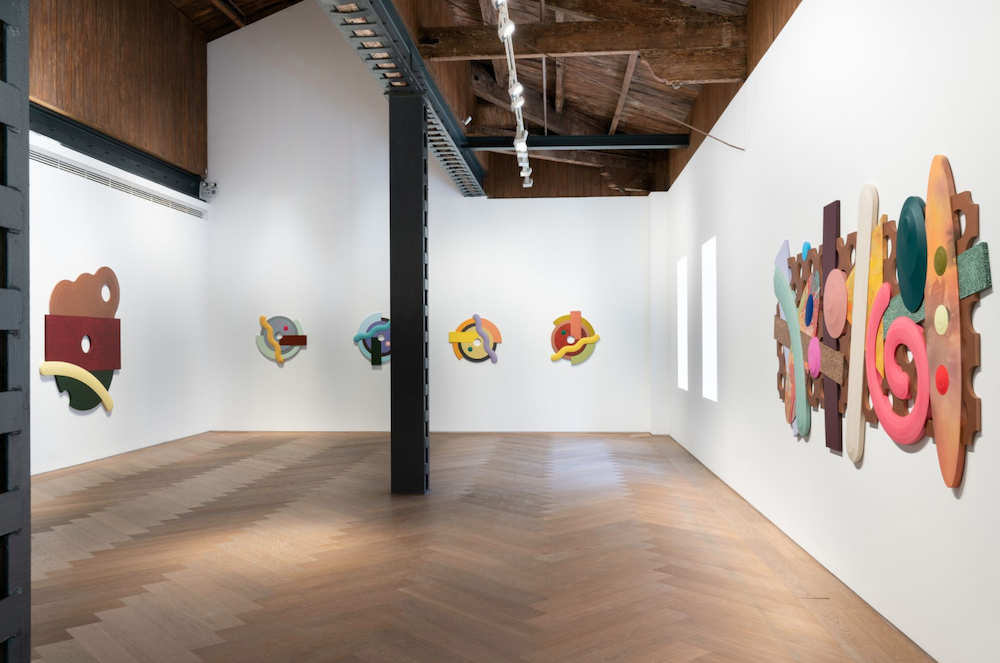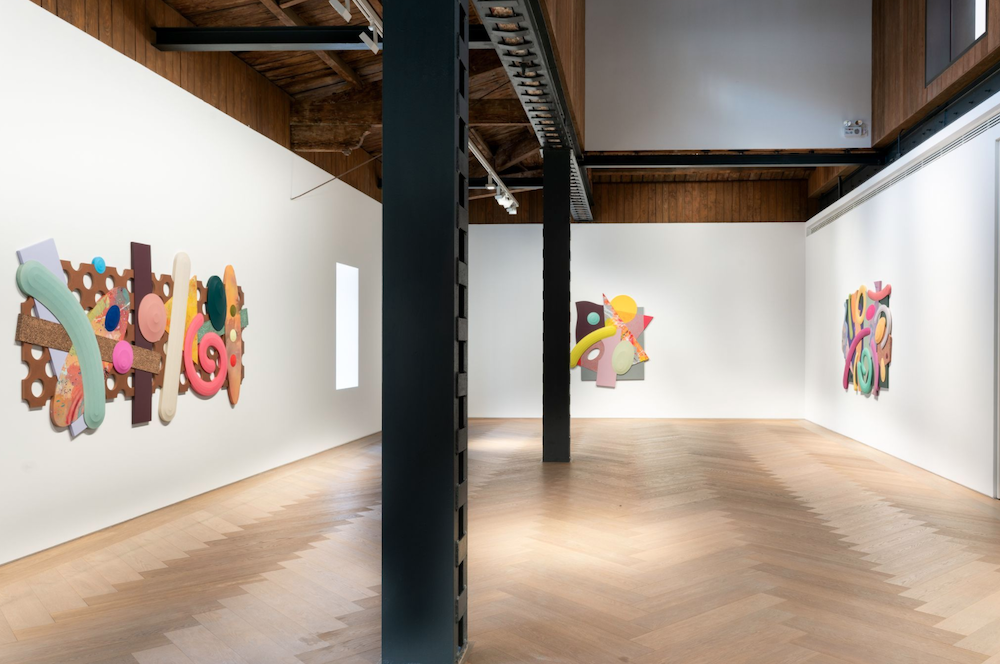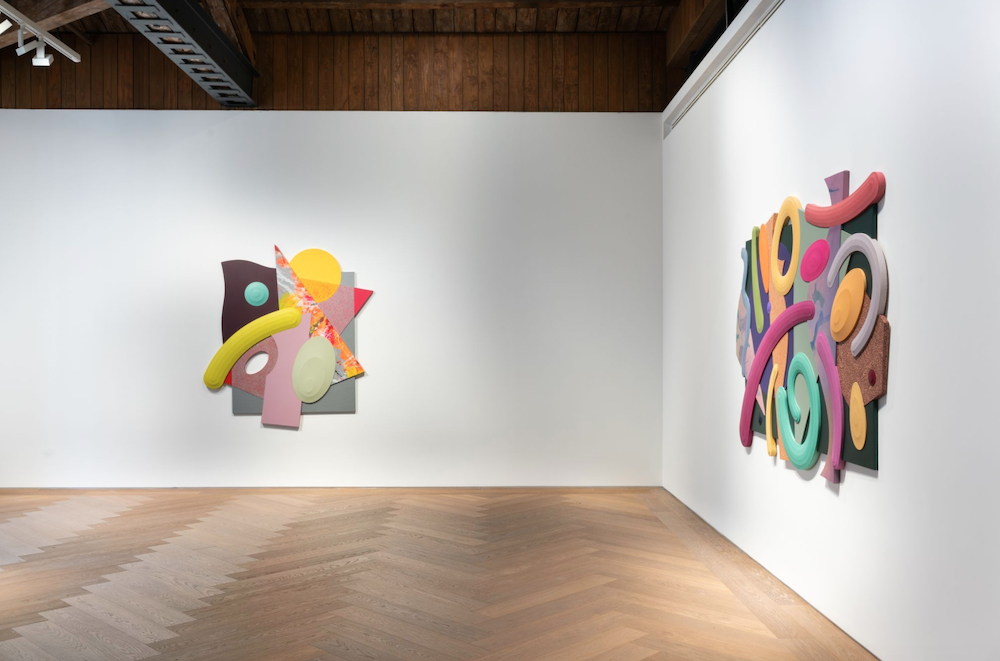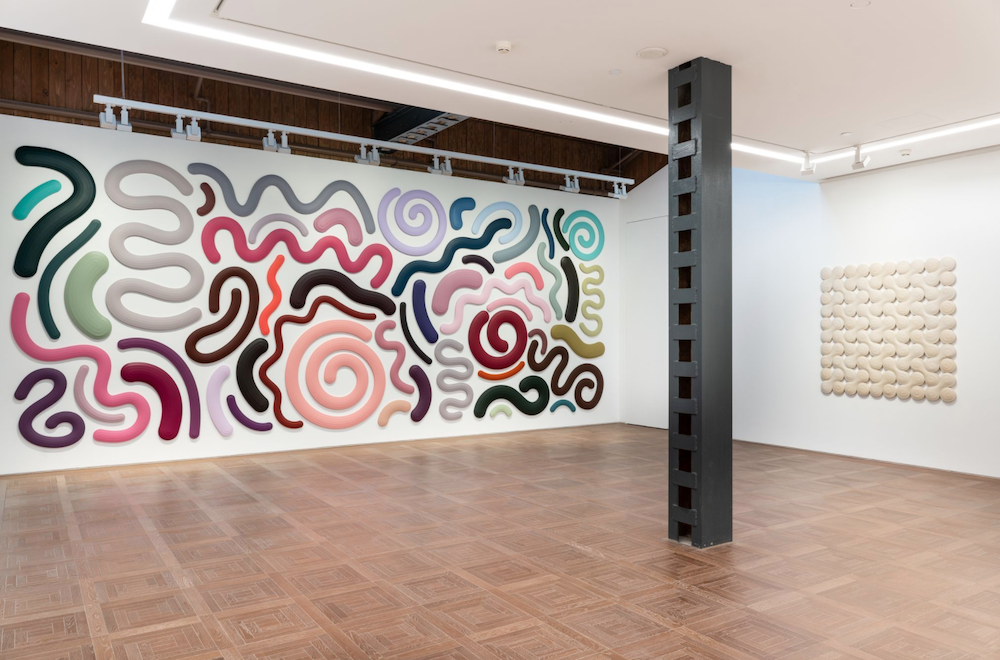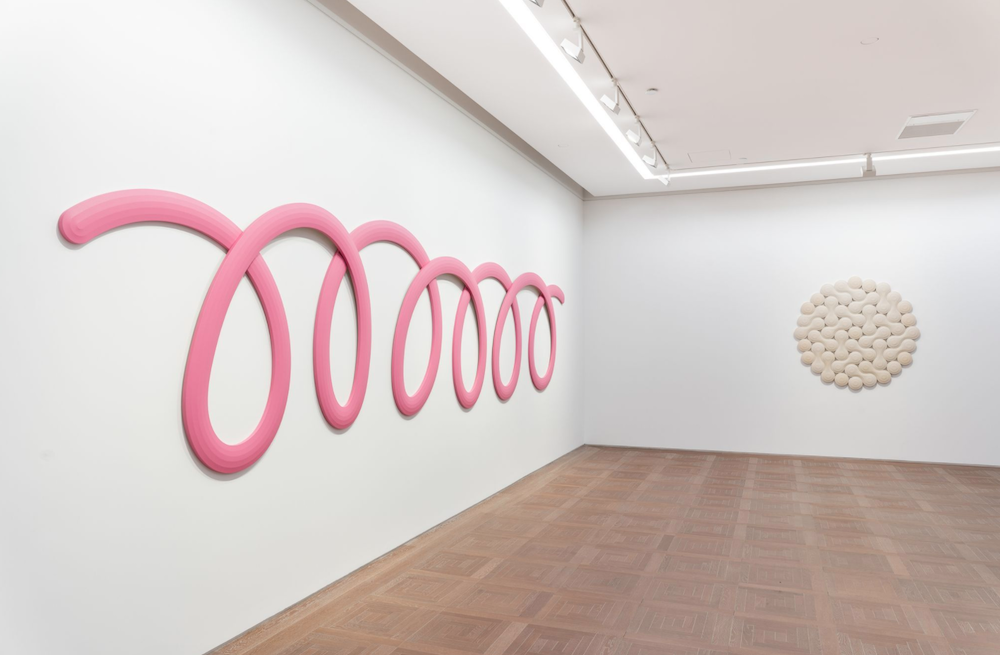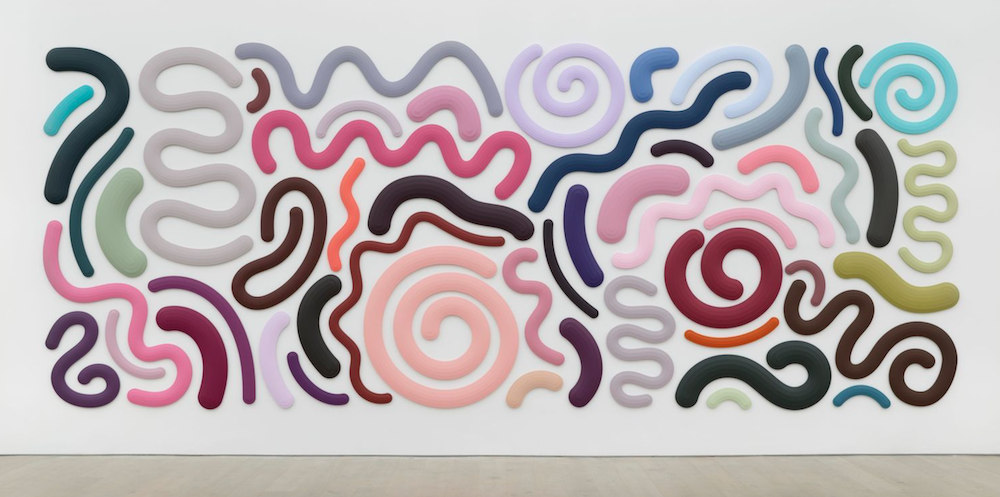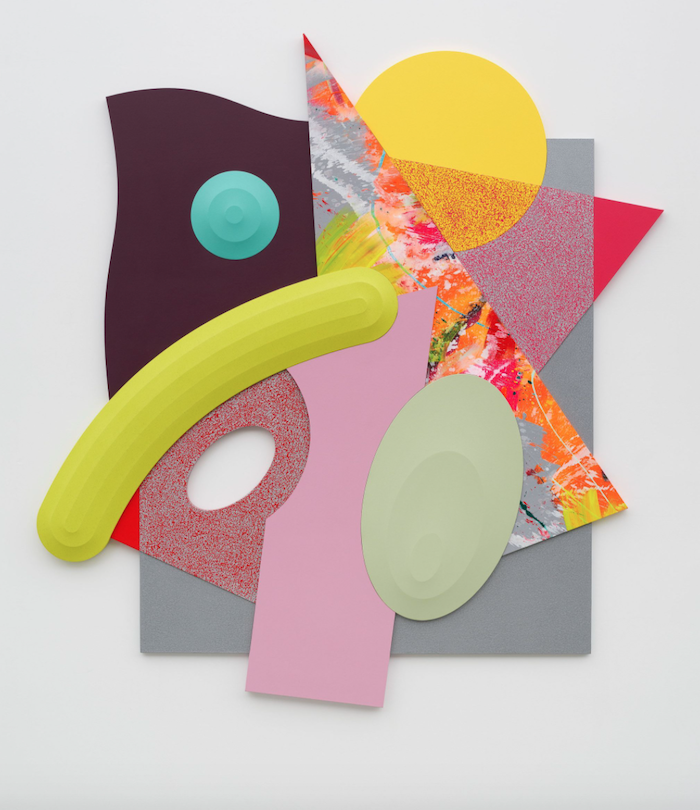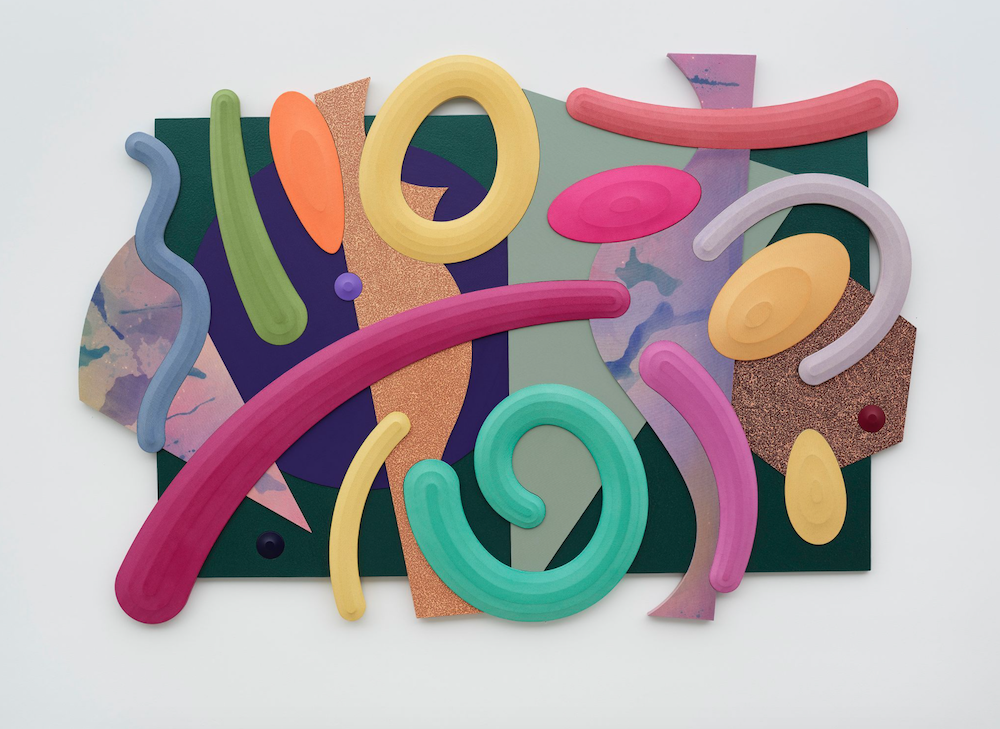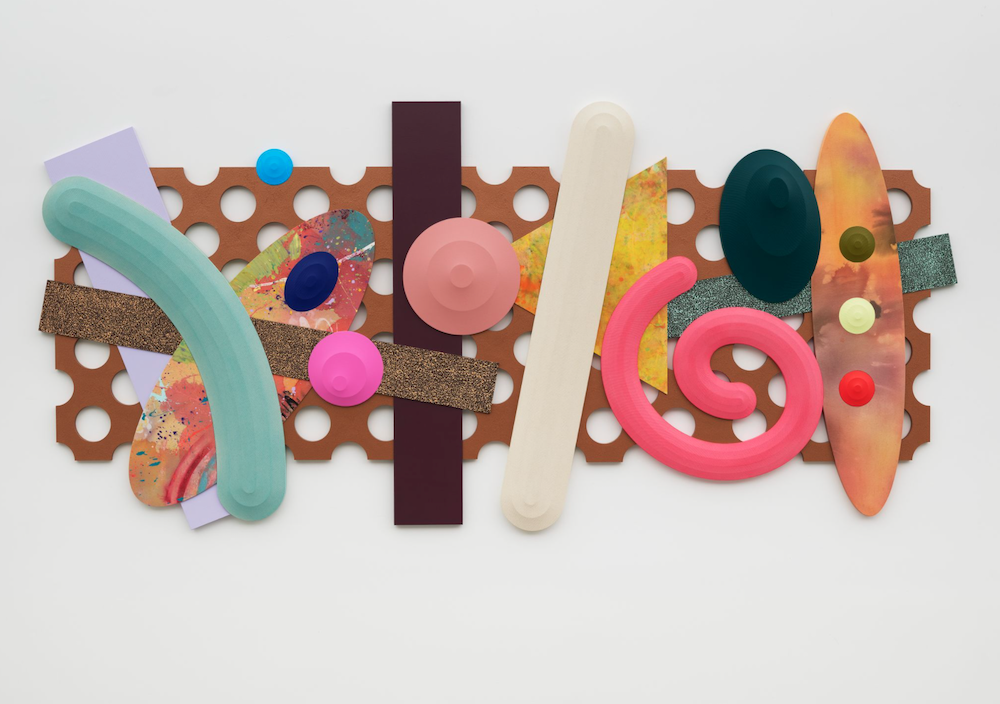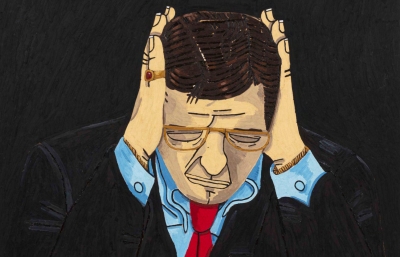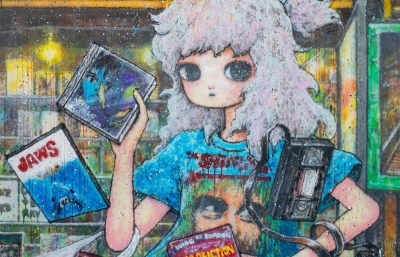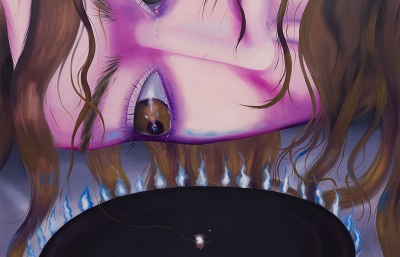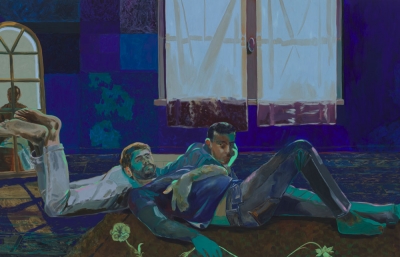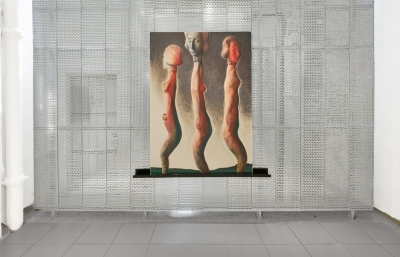Perrotin Shanghai is pleased to announce Paradise, a solo exhibition by New York based artist, Josh Sperling. This is his sixth show with the gallery, and his first in China.
Sperling draws on the language of minimalist painting from the 1960s and 1970s, working primarily with shaped canvases. He crafts intricate plywood supports over which canvas is stretched and painted in an extending series of signature palettes. In their three-dimensionality, his works blur the lines between painting and sculpture, image and object. Mining a wide range of sources, from design to art history, Sperling has crafted a unique visual vocabulary remarkable for its expressive quality and irrepressible energy.
Paradise, Sperling’s largest exhibition to date, introduces numerous innovations to his honed repertoire. Sperling here announces both formal and technical developments that signal a bold and exciting direction. New to this exhibition—the addition of stylistic treatments and, in some occurrences, the stark removal of all color, a gesture that reveals the shaped forms in their natural states.
On display throughout the exhibition is a range of Sperling’s recurrent forms—Squiggles, Composites, and Double Bubbles. Squiggles, as the name denotes are canvases that resemble large scale doodles but constructed with a beguiling sense of complexity.
Composites mark the meeting point of many of Sperling’s forms. Here, clusters of shaped canvases nestle in and over each other, jostling for position and calling our attention from all directions. Elsewhere in the show are distinct formations of Double Bubbles, small dumb-bell shaped tiered canvases arranged to form larger geometric structures. In certain instances, these double bubbles appear in strict square grids that recall minimal art.
Sperling debuts new circular mandala-like arrangements this time. Throughout these forms on display, Sperling experiments with minimal tones, gradients, and also the entire removal of color. Without tones, the viewer is left to examine the formalist puzzle-like ingenuity of the component constructions without interruption—a striking advancement that’s impossibly bold and contemplative in equal measure.



